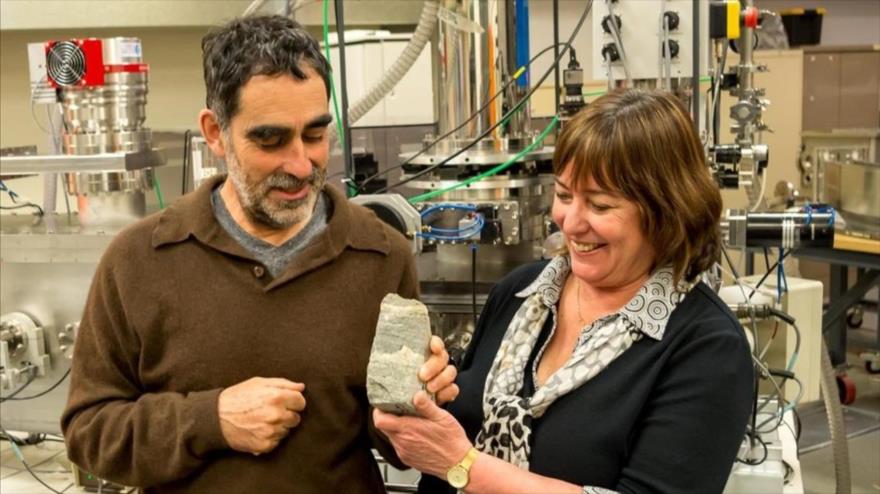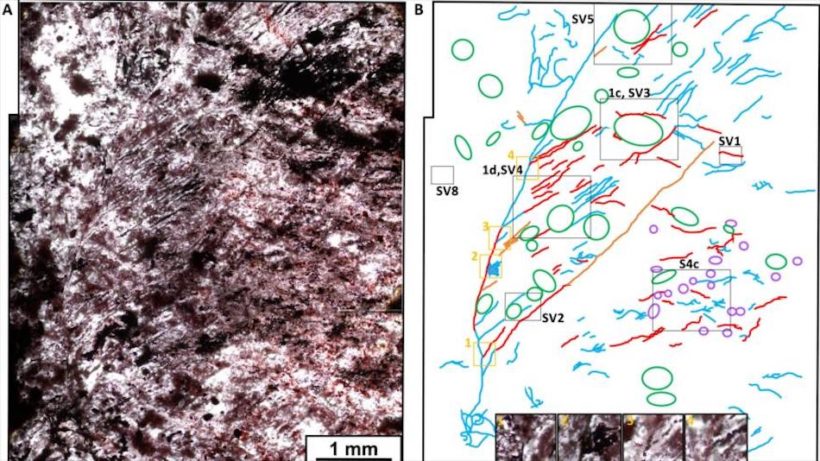Researchers in Canada have discovered fossils of some of the earliest forms of life on Earth, dating back some 4.28 billion years.
An international group of scientists claim to have found in a fossil rock the oldest signs of life on Earth dating back as far as 4280 million years, according to the journal Science Advances.
“Using many different lines of evidence, our study strongly suggests that a number of different types of bacteria existed on Earth between 3750 and 4280 million years ago. This means that life could have started as early as 300 million years afterwards after Earth’s formation. In geological terms, that’s fast: about one revolution of the Sun around the galaxy,” said Dominic Papineau, lead author of the study.
The evidence was discovered in a fist-sized rock found in 2008 by Papineau in the Nuvvuagittuq Green Rock Belt (NGB) in Quebec, Canada. In a 2017 study, the team found filaments, protrusions and ducts in the stone that appeared to have been created by bacteria.

The oldest extant fossil on Earth has been found | HISPANTV
A scientific team has found what they believe to be the oldest extant fossil on Earth, a remnant of life from 3.7 billion years ago.
However, some experts questioned whether the markings, which date back some 300 million years to what is believed to be the first sign of ancient life, were biological in origin. After further analysis in subsequent years, the team found a stem with parallel branches on one side nearly a centimetre long, as well as hundreds of distorted spherical structures near tubes and filaments.
The specialists estimate that some of these structures could indeed have been generated by chance chemical reactions, but the stem was most likely of biological origin, as no such structure has been found to be generated by chemistry alone, explained a statement from University College London (UK).
In addition, the scientists discovered mineralised chemical by-products, indicating that the bacteria, which left signs of life in the stone, fed on iron and sulphur, as well as carbon dioxide through a form of photosynthesis in which oxygen is not involved.






